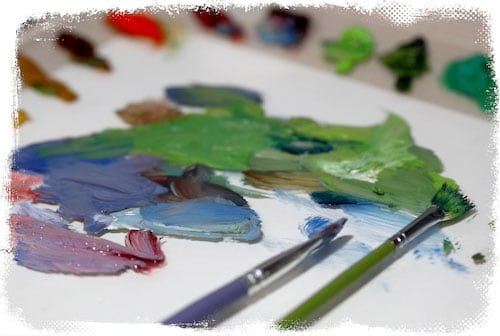
Angelica Kauffmann
Angelica Kauffmann
1 to 30 out of 180 items
1 to 30 out of 180 items
The Swiss-born artist Maria Anna Angelika Kauffmann RA, more commonly known in English as Angelica Kauffman, had a fruitful career in London and Rome during the Neoclassical period. Although Kauffmann is best known for his historical paintings, he was also a talented portraitist, landscape artist, and decorative artist. Along with Mary Moser, she was one of the first members of the Royal Academy of Art in London in 1768 and was the only woman artist at the time.
While Kauffman painted portraits and even a self-portrait, she considered herself primarily a history painter, which was highly unusual for a woman artist in the 18th century. The Royal Academy, led by Sir Joshua Reynolds, actively promoted history painting to a native audience more interested in commissions and buying portraits and landscapes during this time since it was the most prestigious and lucrative category in academic painting. Kauffman was frustrated by the British people's indifference to historical painting, despite her widespread acclaim and professional success in that country. She eventually upped and departed for Rome, where the art form of the recorded image had more time to develop and was more widely supported and regarded.
According to the canons of academic art theory, history painting occupies the pinnacle of the art world. It focused on portrayals of human behavior by archetypes established in history, mythology, literature, and the Bible. To achieve this goal, one must have a solid foundation in theology, philosophy, and art theory, as well as years of practice drawing, painting, and studying anatomy (from a nude male). Although most women were barred from receiving such instruction, Kauffman broke down that barrier and learned how to draw from naked models. She may have studied plaster casts of statues to know about male anatomy, but it is only a hunch. Her lack of experience in male anatomy may explain why her male characters are often portrayed as more homosexual than most painters would.
She died believing herself to have achieved the status of a famous artist. This explains why the renowned Neoclassical sculptor Antonio Canova oversaw her funeral. Her funeral, planned by Canova, was inspired by the burial of Renaissance artist Raphael.
Even as late as 1911, her paintings may hang in various living quarters worldwide. There was a portrait of the duchess of Brunswick at Hampton Court and one of the artists herself in the National Portrait Gallery (NPG 430).
The Joanneum Alte Galerie in Graz, the Alte Pinakothek in Munich, the Kadriorg Palace in Tallinn, Estonia, and the Hermitage in St. Petersburg all held more works by her. An additional self-portrait could be seen in Munich, while a third could be found in the Uffizi Gallery in Florence. Among the Old Masters on display at Burlington House were a handful of her paintings from private collectors.
In addition to her designs, Kauffman is famous for the many engravings artists like Schiavonetti, and Francesco Bartolozzi made based on her work. The works of Bartolozzi, in particular, were much sought after by avid collectors. Angelica Kauffman Peale was one of several children named by artist and patriot Charles Willson Peale (1741-1827) after eminent European artists.
In 1810, Giovanni Gherardo De Rossi published Kauffman's biography.
The novel "Miss Angel," written by Anne Isabella Thackeray and published in the Cornhill Magazine the following year, 1875, was inspired by the book and was written by the author.
Angelica, Paintress of Minds, is a fiction by Miranda Miller that purports to be Angelica Kauffman's autobiography, written in her dying days in Rome.
"Kauffmann is shown as hardworking, devoted, kind, occasionally susceptible, but more resolute than she thinks she is," the Historical Novel Society said of the book.
Most paintings Angelica Kauffmann did are about Portrait, People, Nude, and other subjects.
Most of the artist's works that can be seen by the public today are now kept in museums like The State Hermitage Museum - St Petersburg, Victoria and Albert Museum - London, Saltram House - National Trust, and others.
Famous Angelica Kauffmann period artists include George Stubbs (British, 1724 -1806), George Romney (British, 1734 -1802), Benjamin West (American, 1738 -1820), Francisco de Goya y Lucientes (Spanish, 1746 -1828), John Singleton Copley (American, 1738 -1815), Jean-Baptiste Greuze (French, 1725 -1805), George Morland (British, 1763 -1804), Jean-Honoré Fragonard (French, 1732 -1806), Joseph Wright of Derby (British, 1734 -1797), Johan Zoffany (German, 1733 -1810), John Hoppner (British, 1758 -1810), Thomas Girtin (British, 1775 -1802), and others.
Get inspired by the most famous paintings of Angelica Kauffmann. Pick your favorite, and one of our talented artists will make a copy just like the original, making it a unique gift or piece of art for your home. If you can't find a specific Angelica Kauffmann, contact us for a price quote.






























